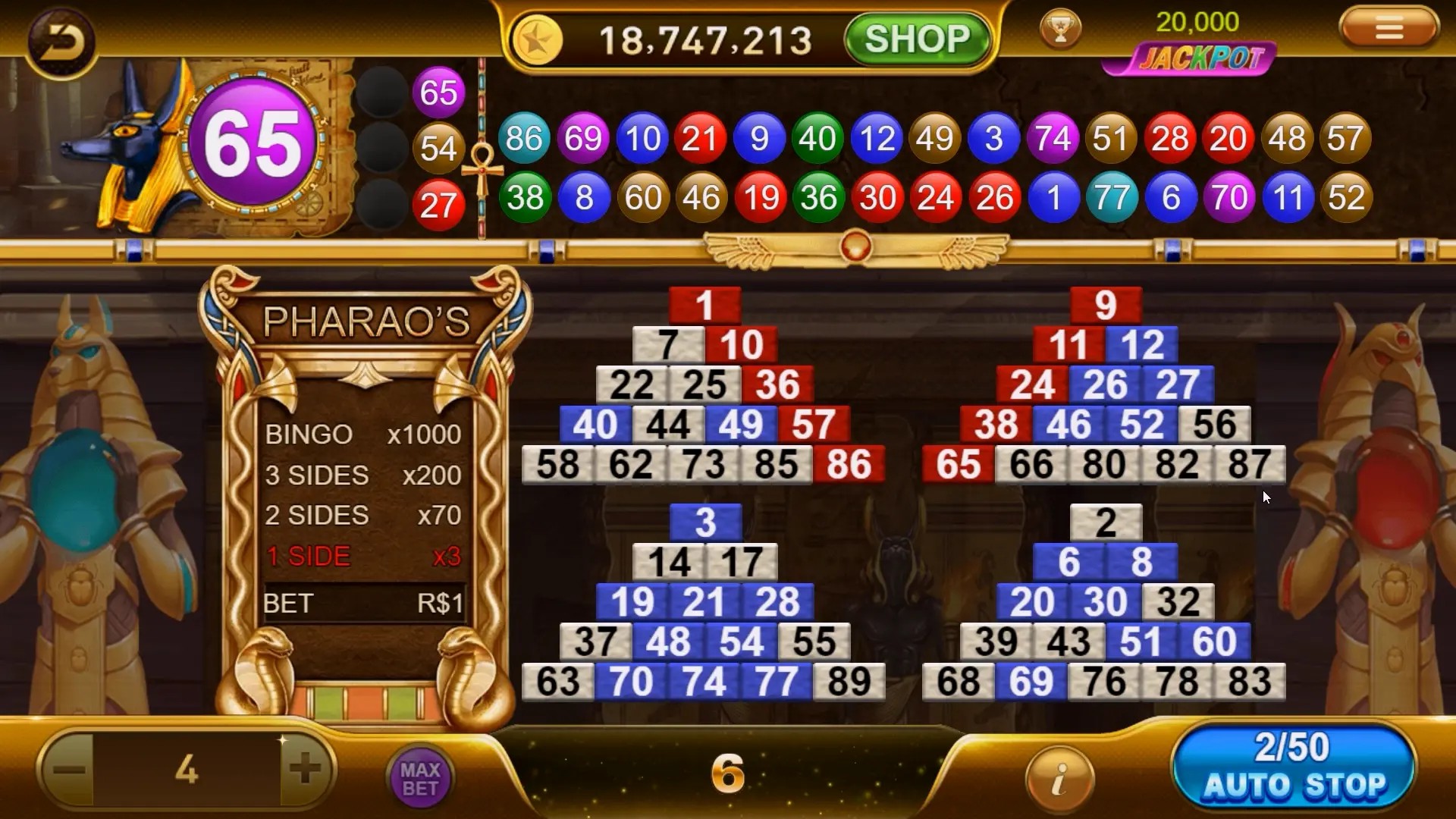From Complex to Casual: How Strategy Games Are Evolving into Hyper Casual Experiences
In recent years, the gaming landscape has undergone a significant transformation. Strategy games, once complex and demanding, are gradually evolving into hyper casual experiences appealing to a broader audience. This shift not only reflects changing player preferences but also highlights the industry's need for accessibility and convenience. In this article, we'll delve into this evolution and what it means for gamers and developers alike.
The Shift from Complexity to Simplicity
Traditionally, strategy games like Clash of Clans required players to invest considerable time and effort to succeed. The intricate mechanics and in-depth planning were appealing to a niche audience. However, the rise of hyper casual games has ushered in a new era where simple gameplay reigns supreme. The demand for quick, engaging play experiences is reshaping game design.
- Increased accessibility
- Shorter play sessions
- Less focus on complex mechanics
- Appeal to casual gamers
Defining Hyper Casual Games
Hyper casual games are characterized by their straightforward mechanics and immediate engagement. Players can jump right in and start playing without a steep learning curve. Popular titles like Helix Jump and Doodle Jump have set the standard, encouraging developers to simplify gameplay further. But how does this apply to strategy games?
Integration of Hyper Casual Elements into Strategy Games
Developers are now integrating hyper casual elements into traditional strategy gameplay to attract new players. By introducing simplified controls, quick reward systems, and appealing graphics, they're creating games that retain the essence of strategic thinking while becoming more approachable. Below, we outline how these elements work together:
| Element | Traditional Strategy Games | Hyper Casual Strategy Games |
|---|---|---|
| Gameplay Duration | Long, immersive sessions | Short, bite-sized sessions |
| Learning Curve | Steep and complex | Simple and intuitive |
| Player Engagement | In-depth strategies | Quick rewards and instant gratification |
Case Studies: Successful Transitions
Several games exemplify this transition from complex to casual. Titles like Candy Crush Saga and Clash of Clans have simplified their mechanics while maintaining strategic elements. The success of these games can largely be attributed to their ability to engage a wider demographic within the gaming community.
Clash of Clans: A Case Study
Let's take a deeper look at Clash of Clans. This game originally featured intricate battle systems that required players to plan attacks and build defenses meticulously. Over time, the developers have introduced more casual elements:
- Shortened building times
- Simplified troop management
- Seasonal events that encourage quick play
This transition keeps existing players engaged while drawing in new users who prefer a faster-paced experience.
The Appeal of Simplicity: Why Visually Engaging Games Win
Visual appeal plays a crucial role in drawing players into hyper casual strategy games. Bright colors, smooth animations, and engaging graphics are integral to creating an inviting atmosphere. Developers are now focusing more on aesthetics to ensure that even simple mechanics are enjoyable.
Key Points About Visuals in Games
- Enhances player experience
- Boosts shareability on social platforms
- Attracts casual gamers through eye-catching elements
Future of Strategy Games in a Casual Gaming World
As we look to the future, the convergence of strategy and hyper casual games represents a promising direction. The hybridization of these genres will likely continue as developers aim to find innovative ways to keep players engaged without overwhelming them.
What This Means for Developers
For those in the industry, the shift presents both challenges and opportunities:
- Need for creativity in game design
- Understanding player behavior and preferences
- Leveraging technology to improve accessibility
Conclusion
The evolution of strategy games into hyper casual experiences is a reflection of a broader trend within the gaming industry. By prioritizing accessibility and quick engagement, developers can appeal to a more extensive audience while keeping the core aspects of strategic thinking alive. The transformation beckons a future rich with opportunities for innovation and creativity in game design, ensuring that gaming remains an inclusive and enjoyable experience for all.



